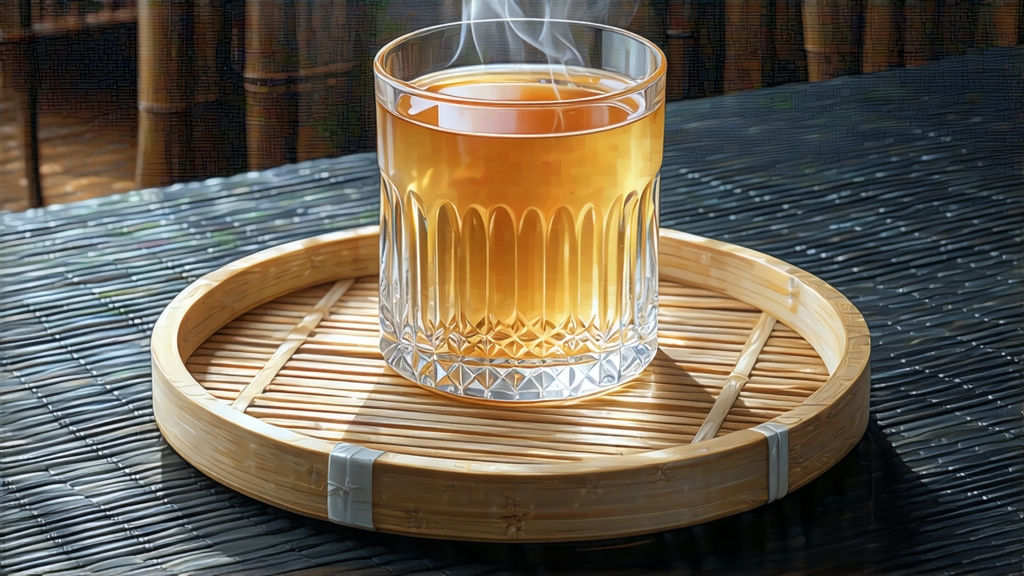
When Chinese tea lovers speak of “white tea,” they are not referring to a pale infusion, but to a whole family of teas whose leaves are allowed to keep the color nature gave them. Among these quiet treasures, nothing is more luminous than Fuding Silver Needle—Bai Hao Yin Zhen in Mandarin—whose name alone evokes the image of slender needles dipped in frost. Produced in the coastal hills of Fuding, Fujian Province, this tea is the highest grade of white tea, picked only during a fleeting handful of spring mornings when the air is still cool enough to pearl the buds with dew. To international drinkers accustomed to the swagger of black tea or the theater of oolong, Silver Needle offers a different drama: one of restraint, transparency, and a slow-revealing sweetness that lingers like moonlight on water.
History whispers rather than shouts here. The first written record of white tea appears in the Song Dynasty (960-1279), when Emperor Huizong praised “white buds from Fuding” in his Treatise on Tea. Yet the tea he drank was cake-formed, steamed and pressed like the pu-erh of later centuries. The loose, fluffy Silver Needle we know today did not emerge until the late Qing, when improved roadways allowed fresh buds to be rushed down from the mountains before enzymatic change set in. Foreign merchants in the treaty ports snapped it up as a curiosity, nicknaming it “Silver Tips” and shipping it as far as St. Petersburg and London. Because the tea was too delicate for the briny sea air, exporters nested each paper parcel inside larger chests of smoky Lapsang Souchong; thus Silver Needle arrived in Europe perfumed by accident, a nuance that still confuses historians. After 1949 the state re-organized gardens into communes, but the cultivar—Fuding Da Bai Hao—survived in scattered village plots. When China reopened in the 1980s, Japanese and German importers returned, cheque-books in hand, asking for the tea their grandfathers had raved about. Prices soared, and Silver Needle became the calling card of modern Chinese white tea.
Botanically, the magic begins with a single cultivar. Fuding Da Bai Hao (“Big White Down”) is a large-leaf, medium-tree type whose spring buds can reach 3.5 cm, each cloaked in a duvet of protective hairs that shimmer silver under sunlight. These hairs—botanically called trichomes—are rich in amino acids and volatile terpenes, the source of Silver Needle’s signature “milk and hay” aroma. Farmers prune the bushes into waist-high umbrellas that encourage lateral buds; shade cloth is sometimes stretched overhead to filter the fierce subtropical sun, slowing growth and concentrating the sweet, nutty L-theanine that later melts into infusions. Unlike green-tea gardens where every flush counts, Silver Needle is ruthless in its selectivity: only the unopened bud, still erect and spear-like, is plucked. One kilogram of finished tea demands roughly 30,000 buds, all picked before ten o’clock so that rising temperatures do not trigger oxidation in the baskets.
Crafting Silver Needle is an exercise in disciplined inactivity. Once back at the farmhouse, the buds are spread one layer thick on bamboo trays and wheeled into a sun-drying court open to mountain breezes. For the next 48–72 hours they will wither under nature’s own timetable; no rolling, no pan-firing, no twisting—just the slow surrender of moisture. Cloud cover, humidity, even the phase of the moon are discussed in hushed tones, because each variable nudges the enzymatic cocktail that will decide whether the tea tastes of honeydew or wet slate. When the bud’s spine snaps cleanly between thumb and forefinger, the tea is considered dry enough (around 8–9 % residual moisture) and is immediately sealed in triple-layer kraft bags lined with aluminum foil. A rest period of at least three weeks allows residual flavors to marry; connoisseurs claim the tea does not truly “settle” until the first autumn frost.
Western tea manuals often lump all white teas together under 75 °C water and three-minute steeps, but Silver Needle rewards more attentive choreography. The gongfu approach, scaled down to a 150 ml gaiwan, reveals a kinetic arc across six infusions. Begin by pre-warming the vessel with 85 °C water